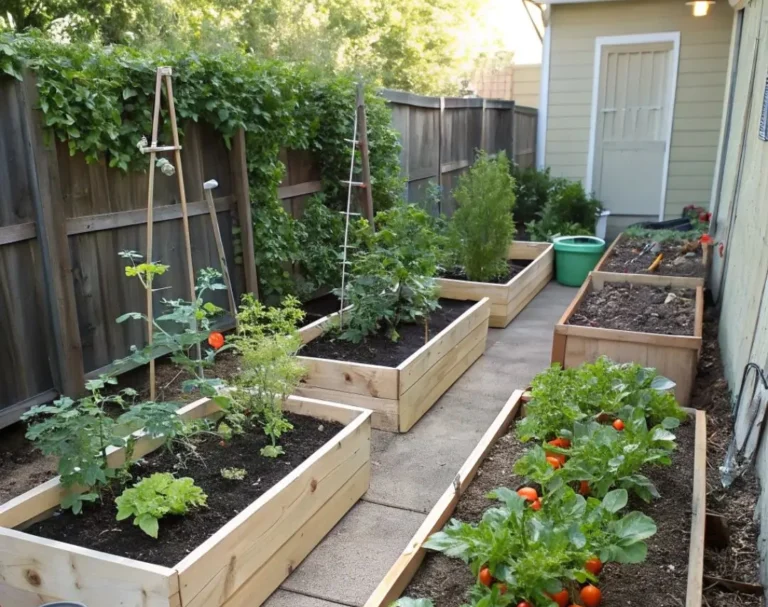Ever feel like your backyard (or balcony) just didn’t get the memo about your big gardening dreams? You’re not alone. These days, more and more folks are craving fresh, homegrown veggies—but working with less-than-sprawling spaces. The good news? A small garden doesn’t mean small results.
With the right approach, you can squeeze serious flavor and productivity out of even the tightest corners. Whether you’re growing in raised beds, containers, or a humble strip of soil near the porch, these small vegetable garden ideas are designed to help you think bigger about growing smaller.
So—ready to turn that patch of dirt (or patio!) into a harvest hero? Let’s dig into five game-changing strategies that’ll have your garden punching well above its weight.
Table of Contents
Start Early and Plant into Fall
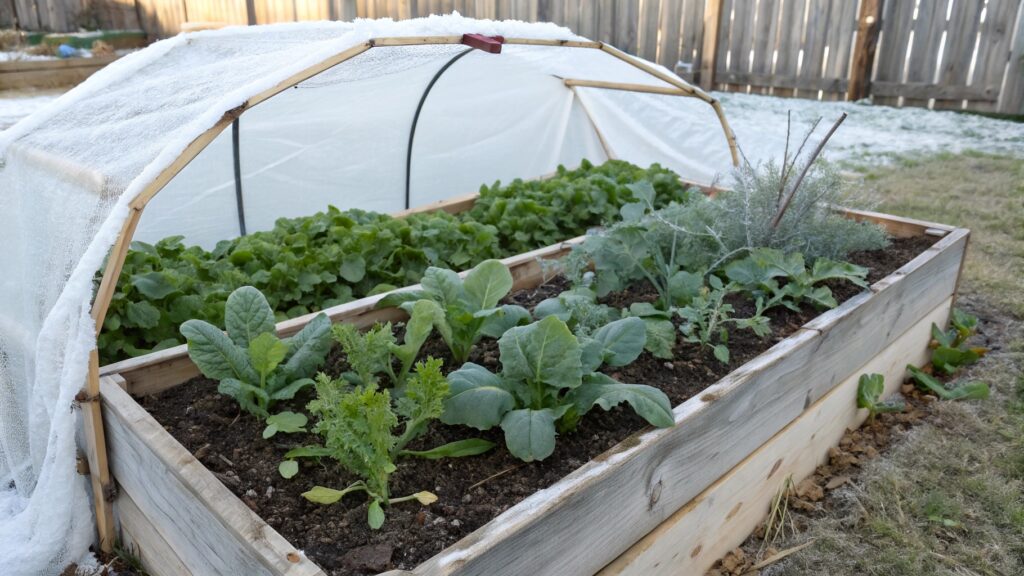
Think your garden’s over when summer ends? Nope—not even close. With a smart start and a fall game plan, your small vegetable garden can keep dishing out fresh produce way longer than you’d think.
Here’s how to stretch your season like a pro:
- Start seeds early indoors — Don’t wait for perfect weather. Kick things off inside while it’s still cold out. It gives you a head start and makes those first spring days count.
- Cool-season crops are your friends — Veggies like spinach, kale, peas, and radishes love chilly weather. Plant them early in spring, and again in late summer for a fall harvest.
- Succession planting = more food — Once one crop finishes, pop another in its place. No empty space, no wasted potential.
- Fall’s not just for pumpkins — Carrots, beets, and arugula thrive when the temps dip. Plus, they taste even better after a light frost!
Starting early and planting into fall isn’t extra work—it’s just smart gardening. And when every inch of your space matters, timing is everything.
Partner with Shrubs and Perennials
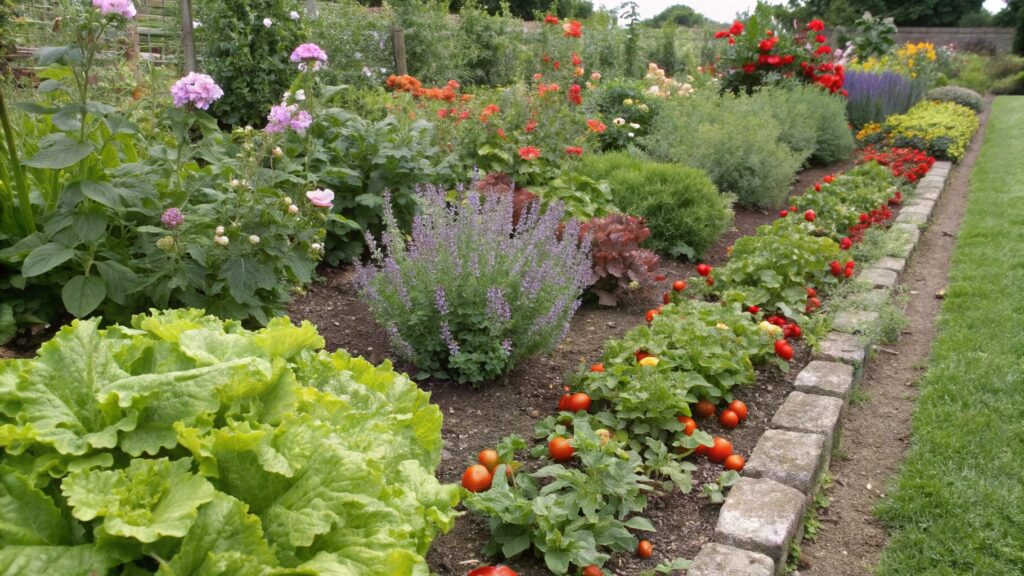
Short on space? No problem. Let your small vegetable garden crash the flower bed party. Mixing veggies with ornamentals isn’t just practical—it looks dang good too.
Here’s how to make your garden multitask:
- Tuck edibles into your landscape — Slip in leafy greens, herbs, or even cherry tomatoes between your hydrangeas or roses. No one will suspect a thing.
- Use herbs as borders — Oregano, thyme, and chives pull double duty: pretty and tasty. Plus, they’re low-maintenance champs.
- Think in layers — Taller shrubs in the back, mid-size veggies in the middle, and ground-huggers like lettuce up front. Boom—garden harmony.
- Pick plants that play nice — Avoid bullies. Choose edibles that won’t choke out your perennials or hog all the sun.
Your yard can be beautiful and delicious—Mother Nature sends her thanks.
Plant a Container Garden
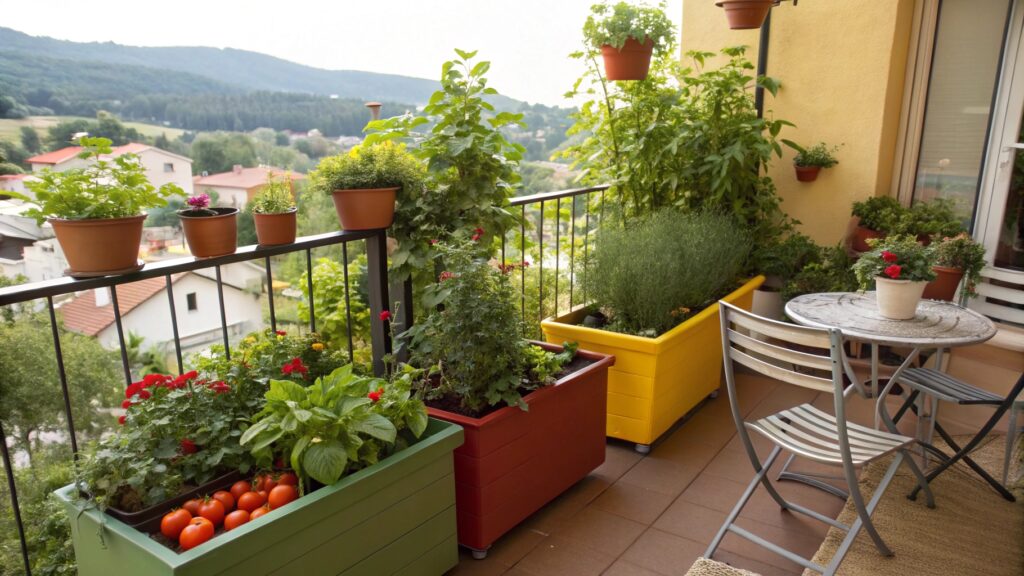
No yard? No excuses. A small vegetable garden can thrive on a balcony, patio, or even your fire escape—with a little help from containers.
Why containers rock (and roll):
- Move ‘em where the sun goes — Containers = mobile. Your plants can follow the sun like beach bums chasing the perfect tan.
- Mix it up — Peppers and basil in one pot? Sure. Lettuces with marigolds? Even better. Just don’t forget they need space to breathe.
- Drainage is everything — No one wants swampy roots. Make sure your pots have holes (yes, it matters).
- Go vertical if you’re tight on room — Hanging baskets, stacked planters, and shelves turn tiny spaces into harvest machines.
Container gardens are like veggie apartments—compact, efficient, and surprisingly productive.
Maximize Production Space
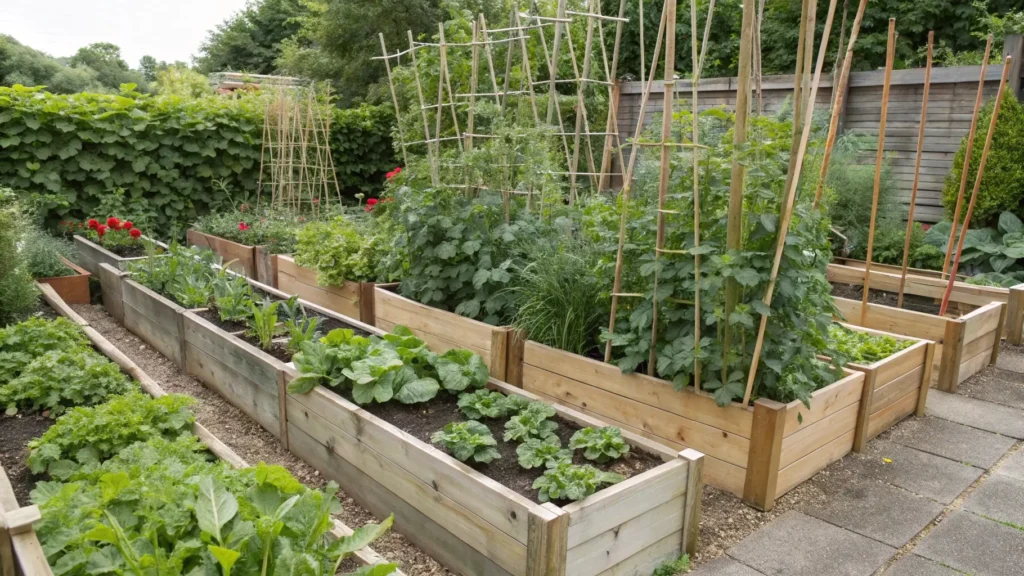
Got a tiny plot? It’s not the size—it’s how you use it. A small vegetable garden can crank out a shocking amount of food with a few clever tricks.
Here’s how to squeeze out every last leafy inch:
- Grow up, not out — Trellises, cages, and wall planters turn airspace into food space. Beans, cucumbers, even squash will climb if you ask nicely.
- Square-foot gardening = no wasted space — Each little square pulls its weight. No “dead zones,” no drama.
- Pair plants like a matchmaker — Basil + tomatoes = besties. Carrots + onions? Dream team. Smart combos = better flavor and fewer pests.
- Kick out the slackers — If a plant’s not producing? Rip it out. You’ve got no time (or space) for freeloaders.
Think of your garden like a studio apartment—it can be small and seriously efficient with the right layout.
Choose Compact Plants
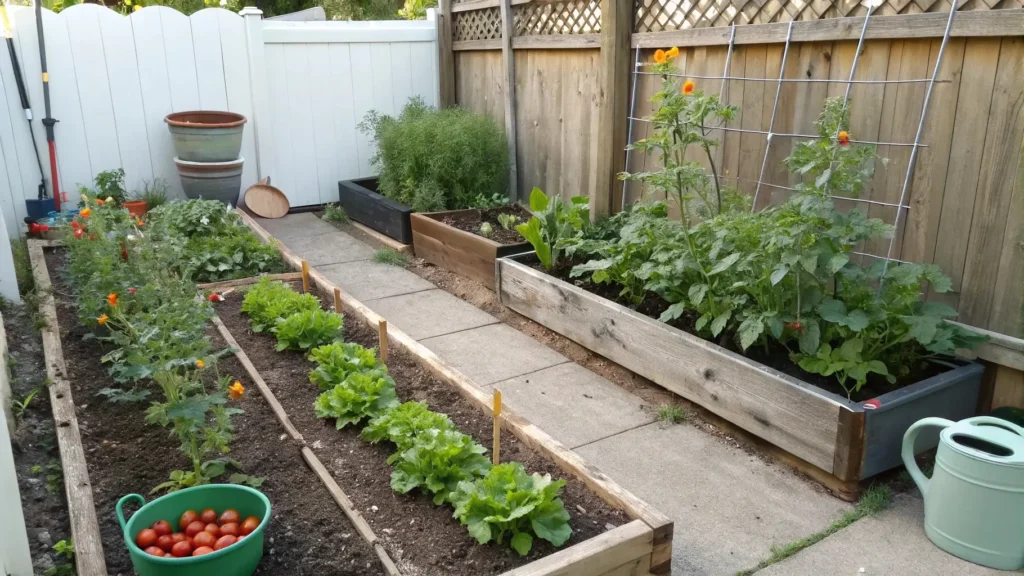
When space is tight, plant small but mighty. The secret to a killer small vegetable garden? Choose plants that don’t sprawl like lazy sunbathers.
Think little, harvest big:
- Go for bush or dwarf varieties — Tomatoes, cucumbers, even zucchini come in compact versions that won’t eat your whole garden.
- Leafy cut-and-come-agains — Lettuces, chard, and arugula bounce back after a snip. One plant = multiple salads.
- Microgreens for the win — Fast, flavorful, and they grow in trays the size of a baking sheet. Fancy food vibes with zero effort.
- Pretty + productive picks — Mini peppers and baby eggplants look cute and taste amazing. Who says small can’t be stylish?
Compact plants are like the carry-on luggage of the garden world—efficient, packed with goodness, and never a waste of space.
Gardening styles evolve—yep, even veggie beds have trends! If you’re curious about what’s hot (and what’s not) in the world of homegrown greens, it’s worth checking out some current ideas that blend style and function.
👉 See what’s trending in garden design this year—you might just find the perfect inspiration for your small vegetable garden makeover.
Final Thoughts: Small Garden, Big Wins
Who says a small vegetable garden can’t deliver big results? With the right tricks—like compact plants, container setups, and a smart planting schedule—you’re set to grow way more than you thought possible.
You don’t need a ton of space. Just a little effort, good timing, and a willingness to dig in (literally). So, what’s stopping you? Start small, grow often, and enjoy fresh food that actually tastes like something.
Your garden’s ready when you are.
FAQ :
How can I maximize the harvest in a small garden?
Maximize your garden by starting early, planting cool-season crops, using containers, and practicing succession planting. Growing vertically and choosing compact plants also helps!
What are the best vegetables for small gardens?
Compact vegetables like tomatoes (dwarf varieties), lettuce, spinach, herbs, and peas are great for small spaces. Look for bush or dwarf varieties that don’t sprawl.
Can I grow vegetables in containers?
Absolutely! Containers are perfect for small spaces. You can grow tomatoes, peppers, herbs, and leafy greens in pots, and even move them around for the best sunlight.
How do I start a vegetable garden in limited space?
Start by choosing the right location with good sunlight. Then, consider raised beds, vertical gardening, or using containers. Plan your crops wisely and think about succession planting.
How do I keep my garden productive through the fall?
Plant cool-season crops like carrots, kale, and broccoli in late summer. Many vegetables, such as beets and arugula, thrive in fall weather, extending your harvest season.

